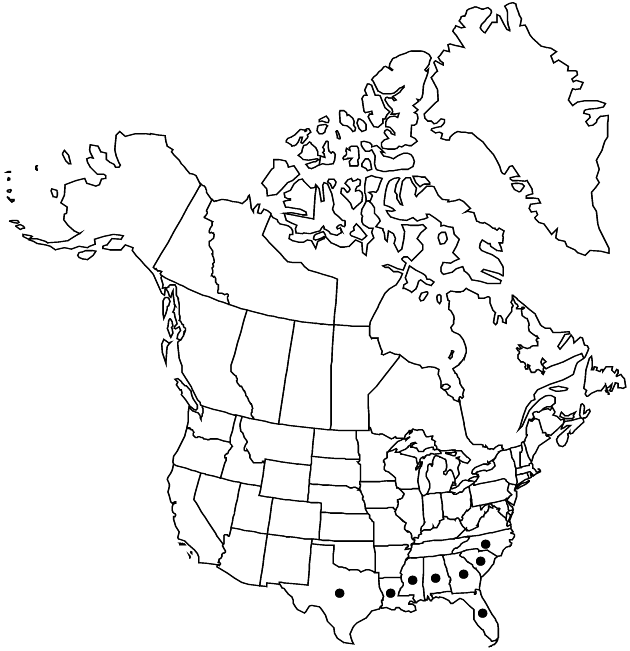Hypochaeris chillensis
Bull. Torrey Bot. Club 19: 371. 1892.
Biennials or perennials, 30–70 cm; taproots vertical, deep, thick, caudices stout. Stems (1–5) erect or ascending, simple or sparingly branched distally, glabrous or pilose proximally. Leaves basal and proximally cauline; basal blades elliptic to oblanceolate, 60–200 × 10–50 mm, margins coarsely and sharply dentate or 2-dentate, ciliate, faces glabrous or coarsely hirsute (cauline sessile, blades lanceolate, 50–100 × 10–30 mm, margins sharply dentate or pinnatifid; distal reduced, entire). Heads 1–10, in loose, paniculiform to corymbiform arrays. Involucres broadly campanulate, 10–20 × 5–20 mm. Phyllaries 20–30, linear-lanceolate, 4–15 mm, unequal, ± hirsute (at least medially). Florets 50–100+; corollas yellow, 5–7 mm, equaling phyllaries at flowering. Cypselae monomorphic, all beaked; bodies golden brown, fusiform, 8–10 mm, muricate, ribs 4–5; pappi of white, plumose bristles in 1 series, 6–8 mm. 2n = 8, 10.
Phenology: Flowering Apr.
Habitat: Waste areas with sandy soil, roadsides, lawns
Elevation: 0–100 m
Distribution

Introduced; Ala., Fla., Ga., La., Miss., N.C., S.C., Tex., South America
Discussion
Hypochaeris chillensis is recognized by the sharply dentate or pinnatifid cauline leaves, yellow corollas, and monomorphic, beaked cypselae. Plants in the flora area differ from those found elsewhere mainly in having the outer phyllaries somewhat more hirsute medially.
Selected References
None.
Lower Taxa
"fine" is not a number.